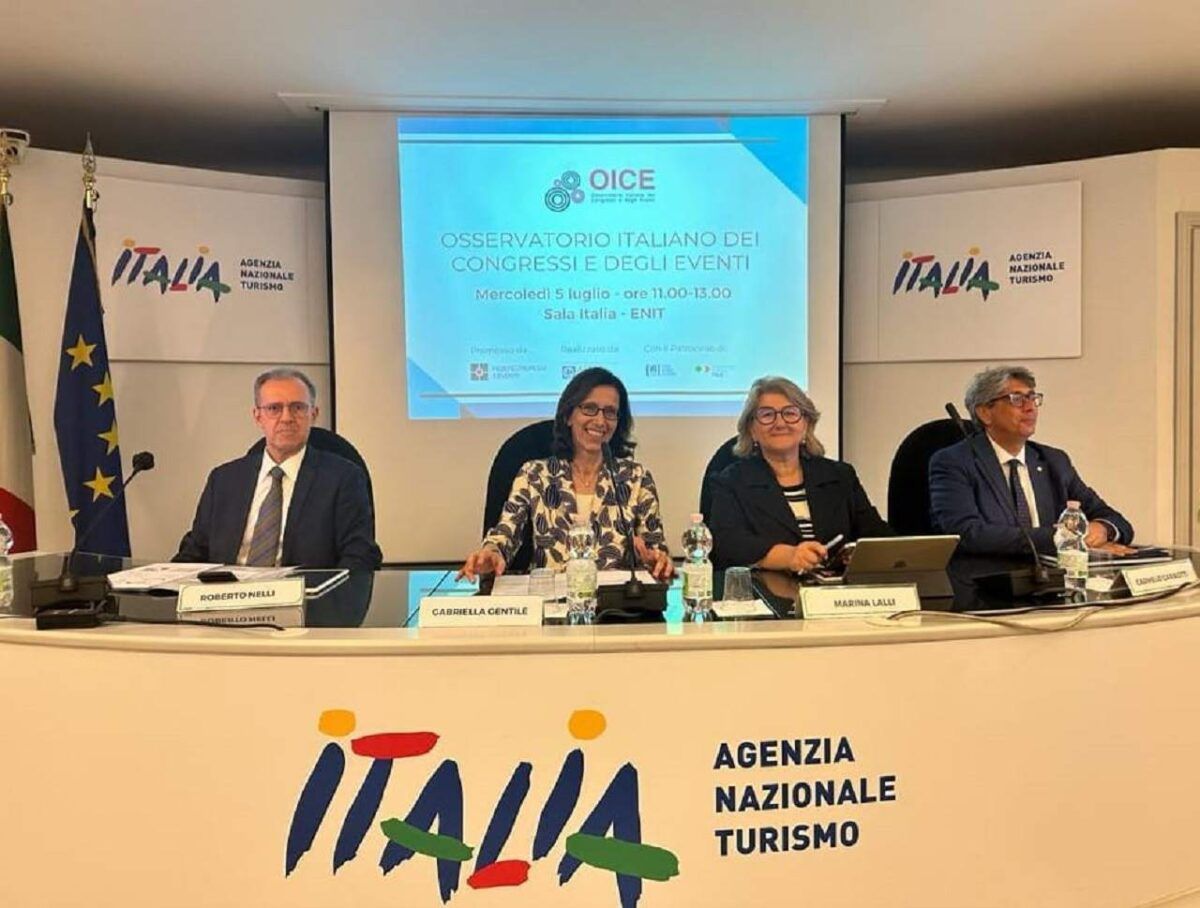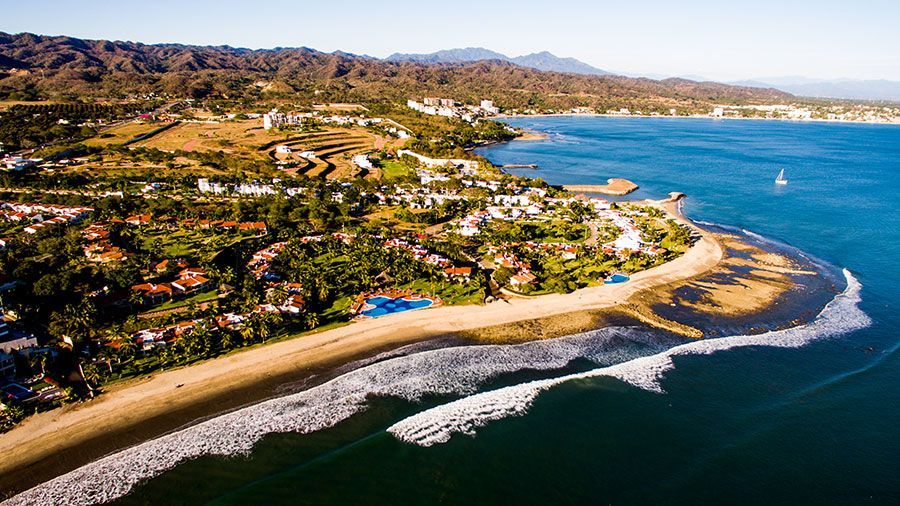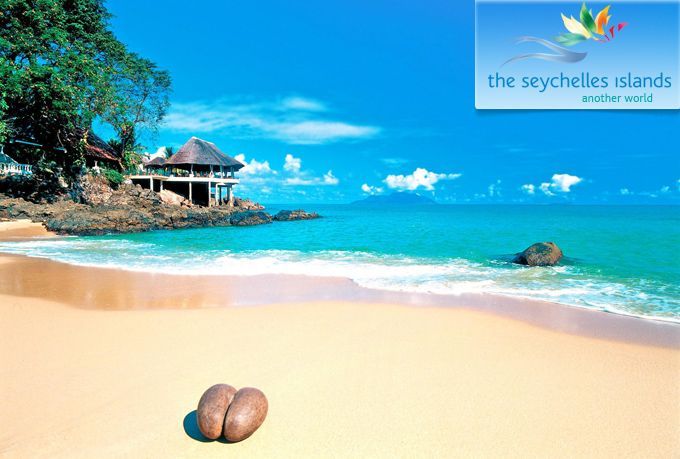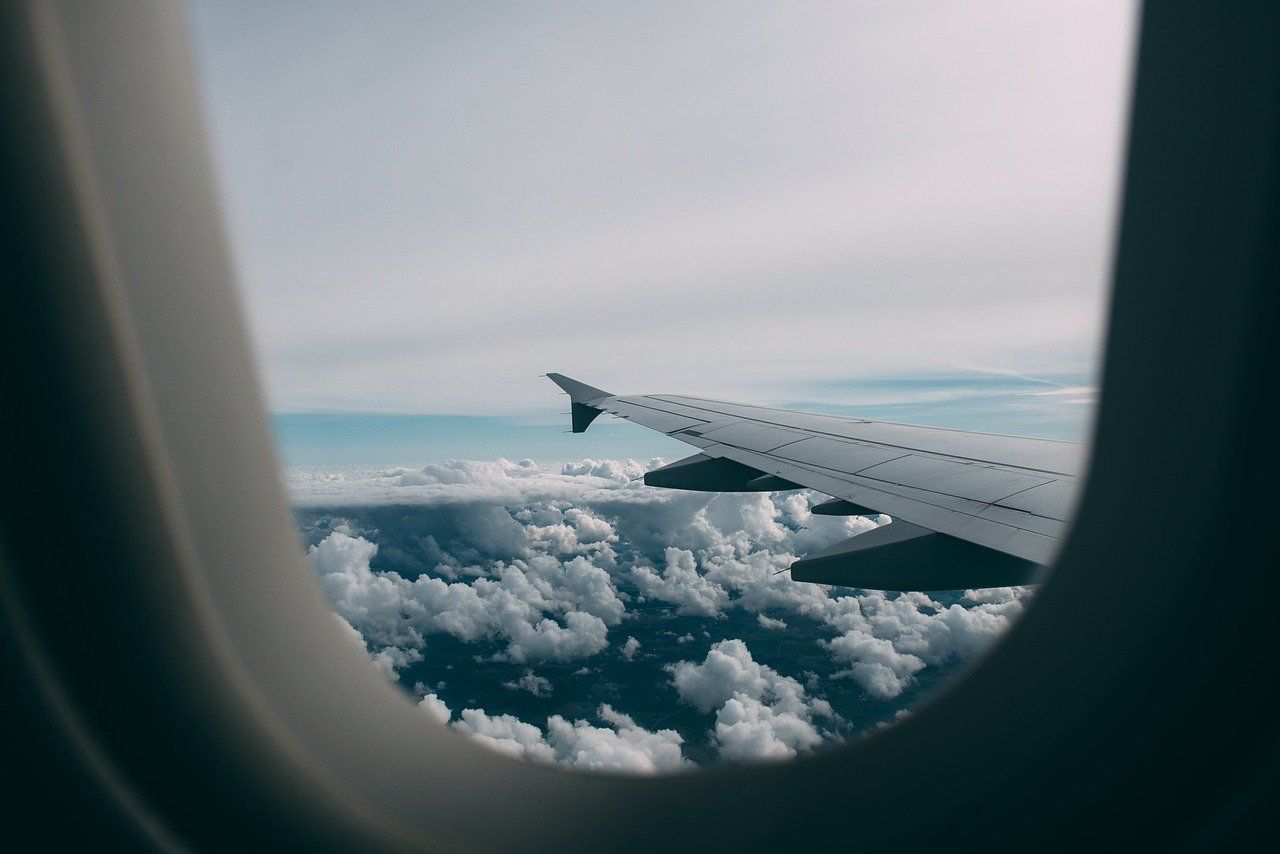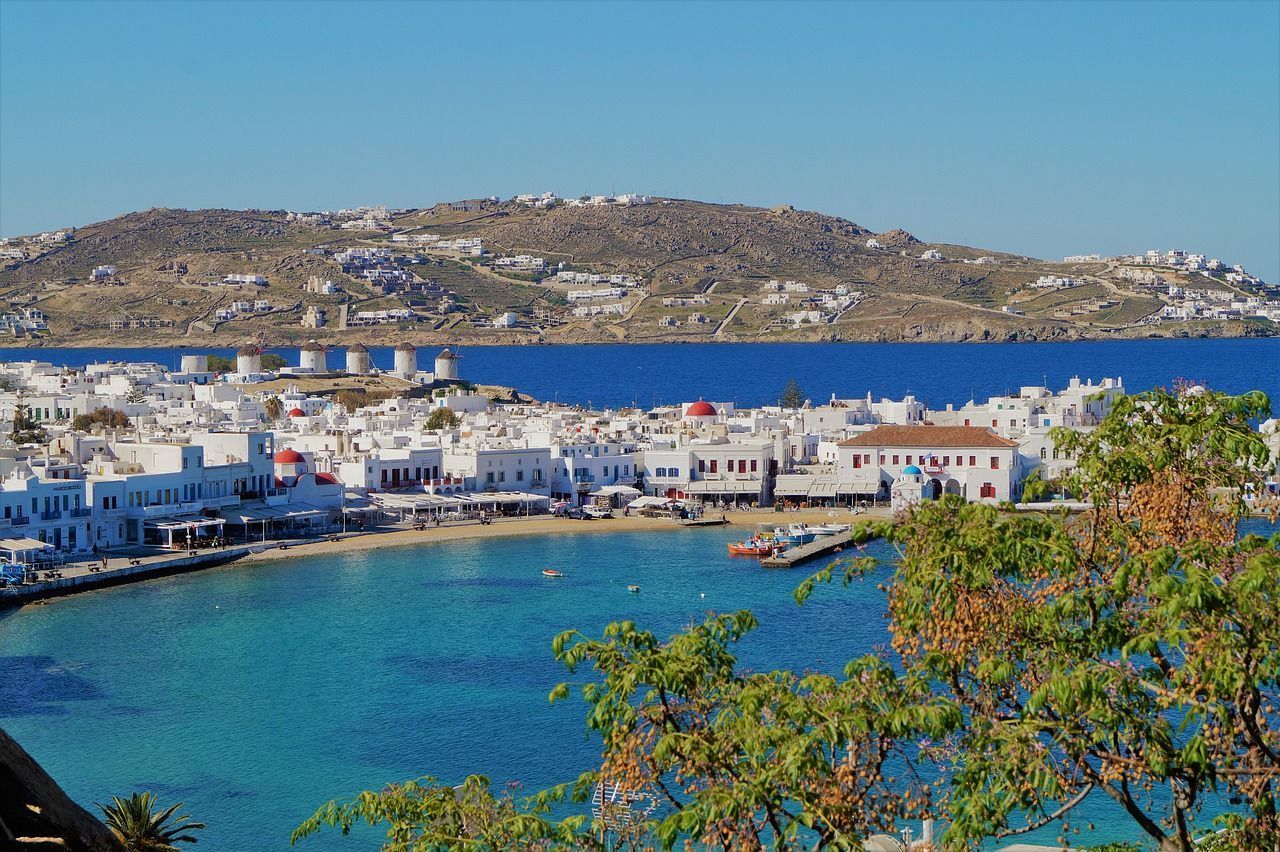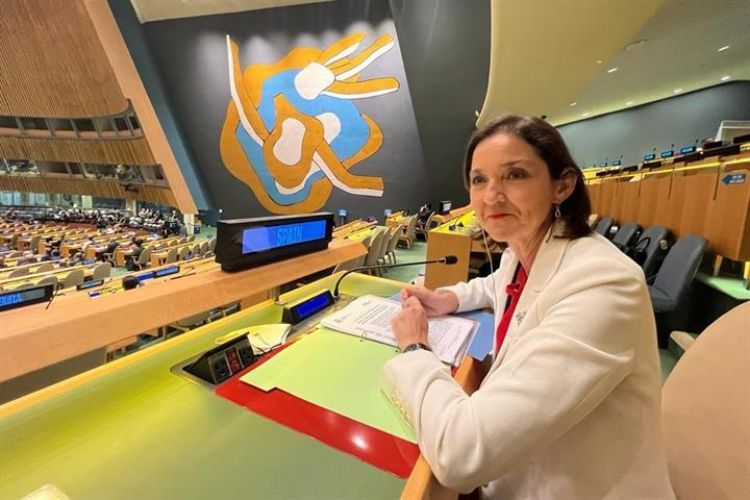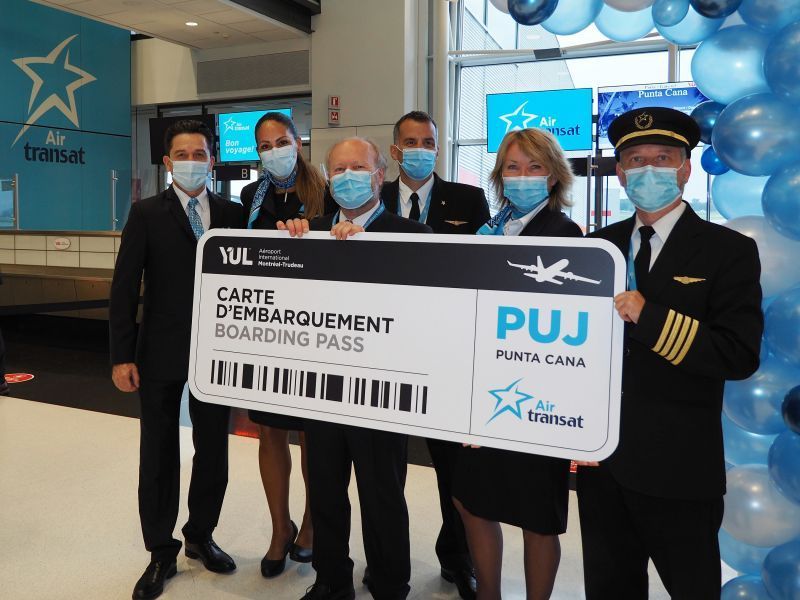The conference industry in Italy is experiencing a gradual recovery, following the impact of the COVID-19 pandemic.
According to the Italian Survey of Conferences and Events, conducted by the Graduate School of Economics and International Relations of Università Cattolica del Sacro Cuore – ASERI, the sector’s recovery, which began in 2021, has been further consolidated in 2022.
The study, presented at the headquarters of ENIT, Italy’s national tourism board in Rome, reveals that in 2022, a total of 303,689 conferences and business events were held in Italy. This represents a remarkable increase of 251.3% compared to 2021. The number of delegates reached 21,215,934, showing a significant rise of 362.7% compared to the previous year. Moreover, overall attendance surged to 31,706,600, marking a remarkable growth of 366.4% compared to 2021.
These figures indicate that the conference tourism sector in Italy has recovered to over 70% of the events held in 2019, which serves as the benchmark year before the pandemic outbreak. Despite the continued restrictions due to COVID-19 in the first quarter of 2022 and the challenging geopolitical landscape, the remarkable recovery demonstrates the essential role of conferences and events in knowledge dissemination, communication, business promotion, and networking for associations and companies.
Based on the positive performance of the sector in the first half of 2023 and the optimistic forecasts for the second half, it is reasonable to expect that the gap compared to 2019 will be bridged, and the number of events may even surpass the pre-pandemic levels. The outlook for revenue growth is also promising, as 52.7% of surveyed venues anticipate an increase in 2023 compared to 2022.
“These figures and signals from the market are very positive, and further highlight the resilience and forward-thinking, proactive approach of Italy’s MICE industry, but this does not mean we are unaware of how complex the current period is”, commented Federcongressi&eventi President Gabriella Gentile.
“In order to promote the growth of the meetings industry in every area, Federcongressi&eventi continues in its mission to promote the sector’s identity and provide concrete support to operators so that the development of individual companies is increasingly reflected in the development of the entire industry and vice versa”.
The resurgence of the Italian conference industry is a positive sign for the overall recovery of the country’s tourism sectors. Conferences play a vital role in driving economic activity, attracting international visitors, and showcasing Italy as a premier destination for knowledge exchange and networking. The sector’s rebound highlights its resilience and adaptability in the face of unprecedented challenges.
As the conference industry continues to regain momentum, stakeholders and organizers are implementing enhanced safety measures and embracing innovative technologies to ensure a safe and engaging conference experience. This commitment to health and safety, combined with the inherent value of conferences in fostering collaboration and driving economic growth, positions Italy as a preferred destination for future events.
The Italian conference industry’s remarkable recovery in 2022, with a significant increase in the number of events, delegates, and overall attendance, signals a positive trajectory for the sector. The anticipated growth in 2023 and beyond underscores the importance of conferences in knowledge sharing, business promotion, and networking. As Italy continues to rebound, the conference industry will play a pivotal role in revitalizing the country’s tourism sectors and contributing to its economic recovery.
Who organises and who attends events
Again in 2022, companies were the main event promoters. More than half the events held, 52.8%, were company events such as conventions, meetingsand product launches. The events promoted by associations, particularly medical-scientific, accounted for 31.1%,while those promoted by institutions accounted for 16.1%.
The continuation of public health restrictions in early 2022 undoubtedly had an impact on participant origin. Most events, 63.2%, were local in scale, i.e. with participants coming mainly from the same region in which the event was held. 28.5% were national in nature and 8.3% international.
Where events and conferences are held
The majority of conferences and events, 59.0%, were held in the North, an area in which over half (53%) the venues are located. Specifically, with 96,826 events, the North-West recorded the largest increase over 2021 (+221.8%), recovering to 74.6% of the events held in 2019, while the North-East hosted 82,538 events (69.7% of events in 2019), with a year-on-year increase of 214.2%. Central regions hosted 24.4% of events, the South 10.4% and the Islands 6.2%.
In terms of event venues, conference hotels confirmed their position as the most popular, hosting 77.3% of total events. Conference centres and trade fair conference venues hosted 3.4% of events, institutional venues 9%, non-conventional spaces 6% and non-hotel historical residences (abbeys, castles, old inns and farmhouses, historic buildings, villas, etc.) 2.5%.
The type of venue most used appears to be directly related to the type of event most often organised, i.e. corporate events. Hotels respond specifically to the needs of those organising meetings, training courses and conventions, while with their exhibition spaces, plenary halls and breakout rooms, conference centres meet the needs of association congresses.
Investment to boost competitiveness
In 2022, event venues continued to invest to boost their competitiveness and respond to changing market needs, and in 2023 they will continue to pursue growth and development.
Investments planned by venues this year in particular target the upgrading of interior spaces (planned by 30.4% of responding venues), installing audio-visual equipment (27.9%), staff training (26.2%), development of promotion and/or communication tools (24.0%), upgrading of exterior spaces (20.9%) and energy efficiency measures (20.9%).
Scientific Head of the Survey Roberto Nelli, lecturer in marketing at the Università Cattolica, points out: “2022 was the comeback year for the Italian meetings industry: events vigorously resumed their growth trajectory – abruptly interrupted two years previously – and venues got back into the game, triggering a virtuous growth path based on investments in technological innovation, sustainability and communication”.
“A segment in whose growth ENIT is constantly investing. In terms of business tourism, Italy is climbing the ICCA (International Congress and Convention Association) world rankings:it is third globally and second in Europe, with more than 520 meetings, after Spain (528) and the USA (690) firmly in first place (ENIT on ICCA data).In 2022, approximately 85% of the meetings were held in person, around 9,000 out of a total of more than 10,500. Rome and Milan are in 14th and 18th place, with 79 and 66 meetings respectively, while in the European ranking they have both climbed one position. In the future, travel will increasingly combine business and leisure.The blended formula (business + leisure) is reflected in the ENIT survey based on ForwardKeys, WTTC (Euromonitor forecasts), Bank of Italy, Deloitte and WTTC (Trip.com) data during the IMEX 2023 international trade fair from 23 to 25 May in Frankfurt.The business segment already saw an upturn in 2021, growing by 31% from 2020 levels, when global corporate travel spending had fallen by 56% on 2019.According to Skyscanner, one in six respondents are inclined to take combined trips: working on holiday is a strategic choice as “you have more time in the destination” (55%) and “it’s cheaper, flying at less busy times” (51%)”, commented ENIT president and CEO Ivana Jelinic and ENIT board member Sandro Pappalardo.

